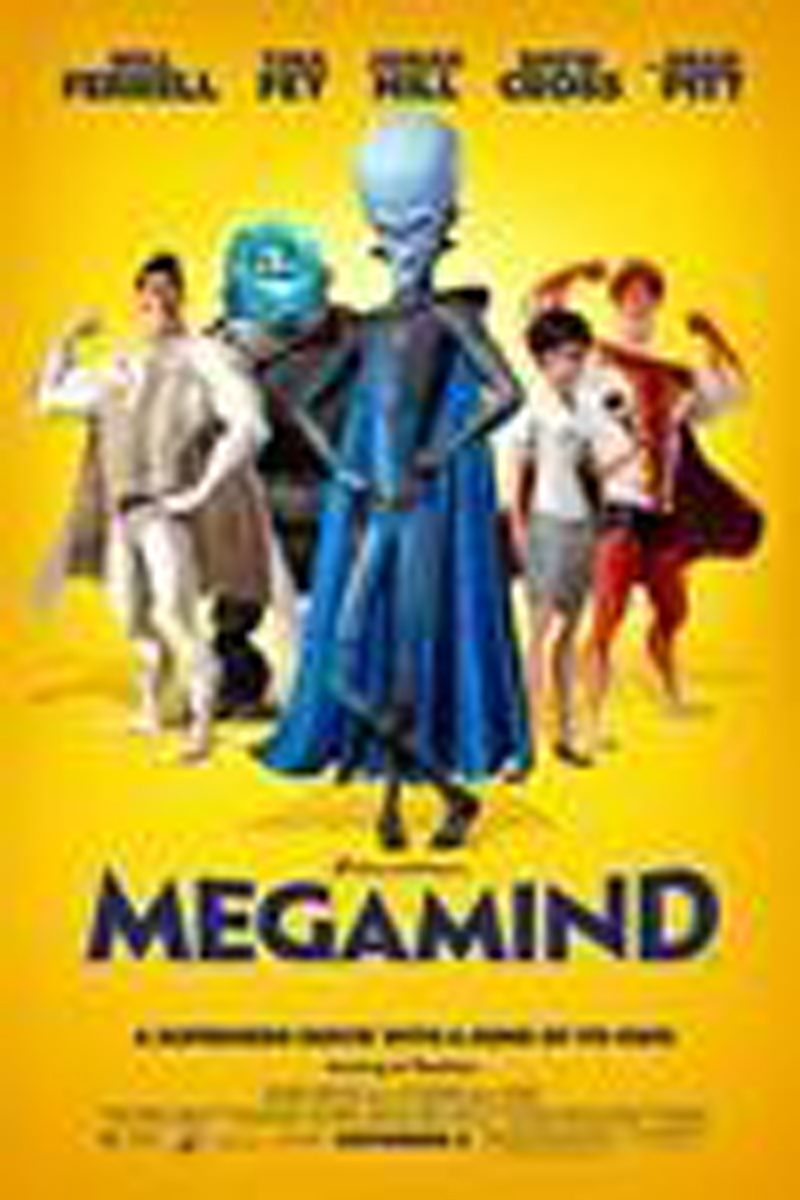Michael Lewis’s book Moneyball was published in 2003, in the immediate wake of The Season That Shook Baseball. The story didn’t look like much on the surface: Billy Beane, a former ballplayer-turned-scout-turned-GM, and Paul DePodesta, an Ivy League wonk, took the Oakland Athletics’ measly $39 million salary budget, crunched the numbers, and turned overlooked, undervalued statistics into overachieving, undervalued ballplayers. The book would serve as a Bible for every baseball executive and stats-obsessed fan, and it turns out that adapting it for the cineplex was fairly straightforward after all: Like every other sports movie ever, it’s the story of The Little Team That Could. Lewis’s account is simply inspiration; director Bennett Miller (Capote) and writers Aaron Sorkin and Steve Zaillian barely touch upon sabermetrics and the influential work of statistician Bill James. The filmmakers wisely boil down Beane and DePodesta’s complex formulas to a single, simple thesis: Sign ballplayers who get on base more than anyone else. Then they hand over the movie to Brad Pitt as Beane, a former first-round draft pick by the New York Mets exorcising his dashed-dream demons one trade, thrown chair, and turned-over watercooler at a time. Play ball.
Moneyball: Brad Pitt Discovers Statistics








